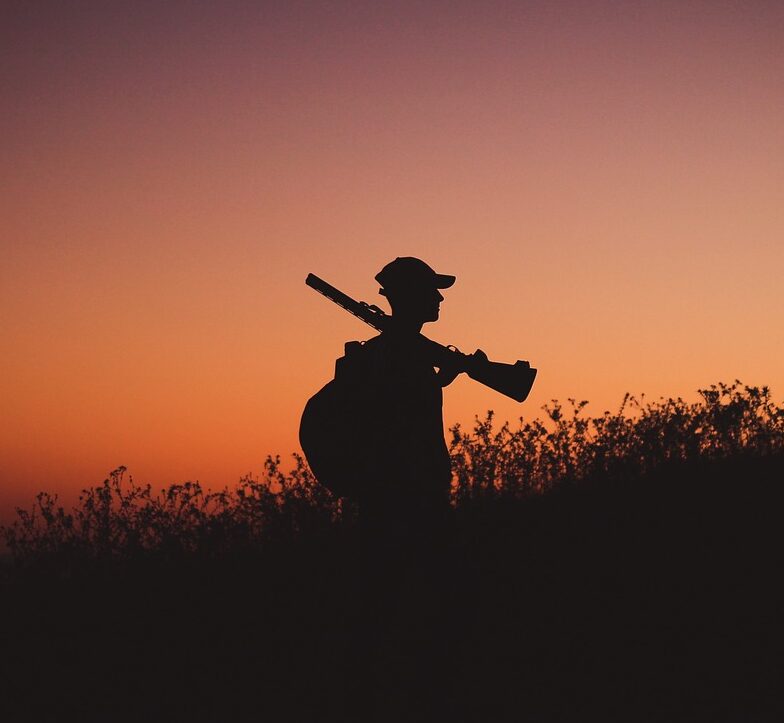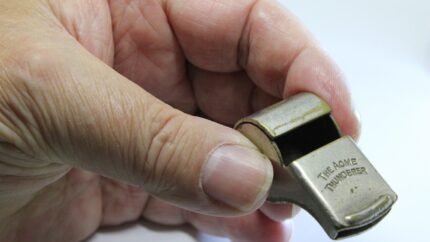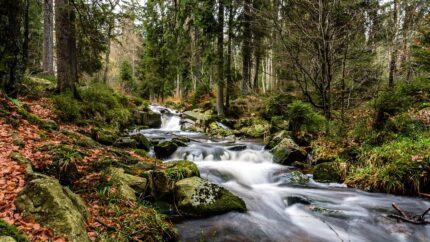Foraging and Hunting for Food
Food is essential for the body to function properly. Without proper nutrition, the body becomes weak, and the mind loses focus. Foraging and hunting for food can be a lifesaver in survival situations.
Foraging for Food
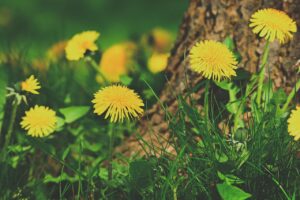 One of the strategies that you need to learn is foraging. This can help you find food that’s freely available in nature in times of chaos. It’s not as simple as going out into the woods and picking stuff up. You do have to know what you’re doing because there are poisonous plants that look identical to nonpoisonous ones. For example, pokeberries look like grapes to people who aren’t trained in foraging.
One of the strategies that you need to learn is foraging. This can help you find food that’s freely available in nature in times of chaos. It’s not as simple as going out into the woods and picking stuff up. You do have to know what you’re doing because there are poisonous plants that look identical to nonpoisonous ones. For example, pokeberries look like grapes to people who aren’t trained in foraging.
Some examples of wild plants that can be foraged include:
1. Berries: Wild berries like raspberries, blackberries, and blueberries are delicious and nutritious.
2. Flowers: Edible flowers like dandelions, violets, and roses are high in antioxidants and can be used in salads and desserts.
3. Nuts: Walnuts, chestnuts, and acorns are just a few examples of wild nuts that can be foraged.
4. Greens: Wild greens like purslane, chickweed, and lambsquarters are packed with vitamins and minerals.
It’s important to know how to identify edible plants and avoid poisonous ones. There are various books, online resources, and workshops available to learn foraging.
Hunting for Food
Hunting may not be for everyone until you have run out of food. You need to know how to hunt and fish to provide for your family’s food needs. If you’re a complete beginner and you know someone who’s been active in the hunting community, see if he’ll let you come along so that you can learn from that person.
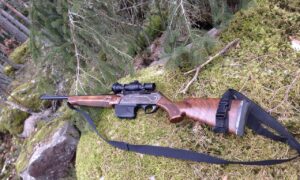 Seeing things done hands-on will help you pick up the skill faster. When you’re hunting, you need to know how to find the game that you’re seeking. This involves being able to track the game.
Seeing things done hands-on will help you pick up the skill faster. When you’re hunting, you need to know how to find the game that you’re seeking. This involves being able to track the game.
Tracking, killing, and preparing wild animals like deer, rabbits, and squirrels for food is a skill that requires a certain knowledge of the area’s wildlife. It’s important to have proper hunting gear, including a rifle or bow and arrow, and to follow hunting laws and regulations.
You can add to that knives or butchering kits. For fishing, you only need a rod and bait. A fishing rod can be one such as a casting or spinning rod. But a simple fishing pole will do the job as well.
If you don’t have any plastic fishing lures, you can use earthworms. These should be plentiful and because they move in the water, fish are attracted to them. Other supplies you’ll need are hooks and bobbers, a bait bucket if you use live bait, a fish stringer, and a net.
If you’re in a survival situation and don’t have hunting gear, it’s still possible to catch animals using natural methods. Trapping is an excellent way to catch small prey, and fishing in nearby water sources can provide a good source of food.
Sustaining Yourself in Survival Situations
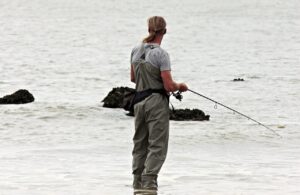 Foraging and hunting can be an excellent way to sustain yourself in survival situations, but it’s important to remember some key tips to ensure your safety:
Foraging and hunting can be an excellent way to sustain yourself in survival situations, but it’s important to remember some key tips to ensure your safety:
1. Always identify plants and animals before consuming them. There are many poisonous plants and animals, so it’s essential to know what you’re eating.
2. Avoid areas with pollution or contamination, such as industrial sites or areas with pesticide use.
3. Ensure that you have the necessary tools and skills to forage and hunt safely.
4. In a survival situation, it’s crucial to conserve energy. Don’t waste energy by foraging or hunting when you don’t need to.
5. Be aware of your surroundings, and avoid dangerous animals like bears, wolves, and snakes.
Foraging and hunting for food can be a lifesaver in survival situations. However, it’s essential to have the necessary knowledge, skills, and tools to forage and hunt safely. Knowing how to identify edible plants and animals, staying away from contaminated areas, and conserving energy are critical for sustaining yourself in survival situations.
Read More Here:
10 Survival Skills to Learn to Keep You Alive When You Bug Out
